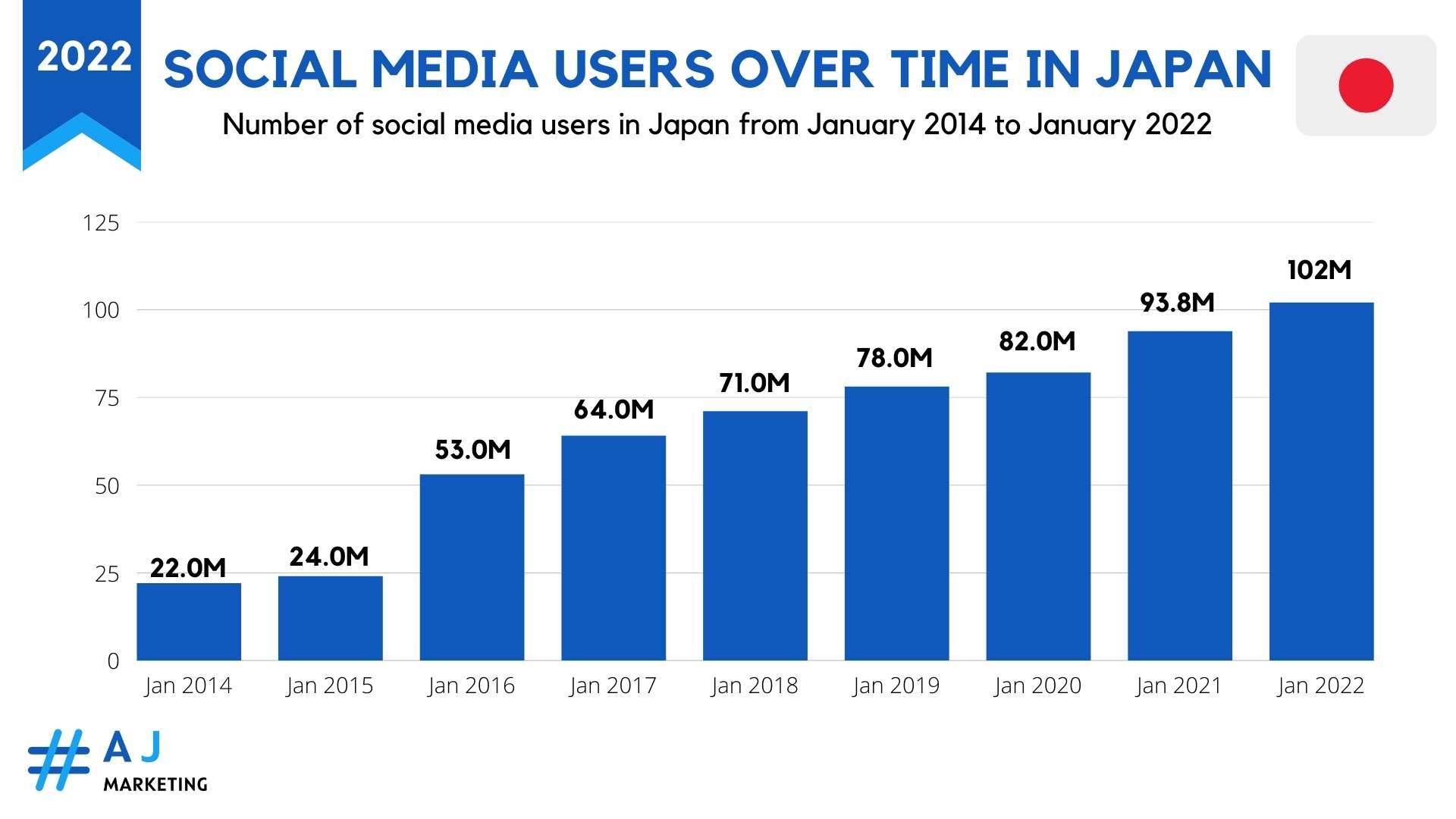[ad_1]
As the deep ocean faces growing peril from climate change, seabed mining and other threats, scientists have discovered that seafloor sediments are home to vast populations of previously unknown organisms that may play a crucial role in carbon sequestration and marine food webs.
When researchers analyzed DNA sequences taken from sediment samples from around the world, they were astonished to find that nearly two-thirds were new to science, representing entire families of undescribed life forms, according to a study published Feb. 4 in the journal Science Advances.
“It highlights a very large knowledge gap for the ocean,” said Tristan Cordier, lead author of the study and a senior researcher at NORCE, an independent Norwegian research institute. “We don’t know at all what these bugs are doing, and their role in carbon storage, the carbon cycle and biochemical cycles are largely unknown.”
The scientists determined that the biodiversity of tiny marine critters in seabed sediments was at least three times greater than in the ocean above.
“The implications are huge, I think,” said deep sea scientist Craig Smith, a co-author of the paper and an emeritus professor at the University of Hawaii. “The biodiversity of seabed sediments influences ecosystem functions, structure and evolution.”
Cordier said an equally groundbreaking aspect of the study is the discovery of the diversity of plankton that fall to the ocean floor and sequester carbon dioxide in the sediment. This “biological carbon pump” regulates the global climate by transferring carbon from the atmosphere to the seafloor, where it can remain entombed for millions of years. Scientists estimate that the ocean absorbs about 48% of carbon dioxide from the burning of fossil fuels.
“From this data, we’re able to understand which plankton are contributing most to the process,” said Cordier.
For instance, when researchers analyzed DNA sequences detected in ocean floor sediments, they found organisms — including ones unknown to science — that had been thought not to play a role in carbon sequestration. The findings “highlight previously underappreciated taxa that may be keystone drivers of the biological carbon pump,” according to the paper.
Deep ocean sediment, it added, “is an extremely rich and unique realm with a strong connection to the water masses above.”
The researchers reached that conclusion by generating a database of DNA sequences from 418 samples of deep ocean sediments collected between 2010 and 2016. They then compared those sequences to DNA taken from different depths of the ocean. That allowed the scientists to determine which organisms live in seafloor sediments and which had come to rest there after descending from upper layers of the ocean.
Geomicrobiologist Nagissa Mahmoudi, an assistant professor at McGill University in Montreal who was not involved in the research, said those techniques could be used to sequence ancient DNA in deeper sediments to give scientists insights into past climate change and its impact on the biological carbon pump.
“It just really emphasizes how little we know about deep sea sediments,” she said, noting that the newly discovered microbial life could have unknown pharmaceutical value. “And because we don’t know enough about it, we should make more of an effort to conserve these areas.”
The discoveries come as efforts to strip-mine the seabed for valuable minerals used to make electric car batteries are accelerating.
The International Seabed Authority, a United Nations-affiliated organization that oversees deep-sea mining, is writing regulations that could allow exploitation of the ocean floor to begin within three years. The first area likely to be mined is the Clarion-Clipperton Zone (CCZ), a vast stretch of the Pacific Ocean between Hawaii and Mexico. The region contains billions of polymetallic nodules — potato-sized rocks rich in cobalt, nickel and other battery metals that would be sucked up from the seafloor by gigantic robotic machines.
“A large number of sediment samples we collected were in the eastern Clarion-Clipperton Zone,” said marine scientist Andrew Gooday, a co-author of the paper and an emeritus fellow at the National Oceanography Centre in the United Kingdom. “The problem with the deep sea in general, and the Clarion-Clipperton Zone in particular, is that the vast majority of species are undescribed and many of them may be rare.”
Smith, a leading authority on the CCZ, said the potential impact of mining on sediments and their role in the carbon cycle depends on the extent of the exploitation.
“This study shows that the CCZ appears to be a biological hotspot,” he said. “Mining on very large scales will cause substantial disturbance, habitat destruction and has the potential to cause species extinction.”
In a time of both misinformation and too much information, quality journalism is more crucial than ever.
By subscribing, you can help us get the story right.
SUBSCRIBE NOW
[ad_2]
Source link

















